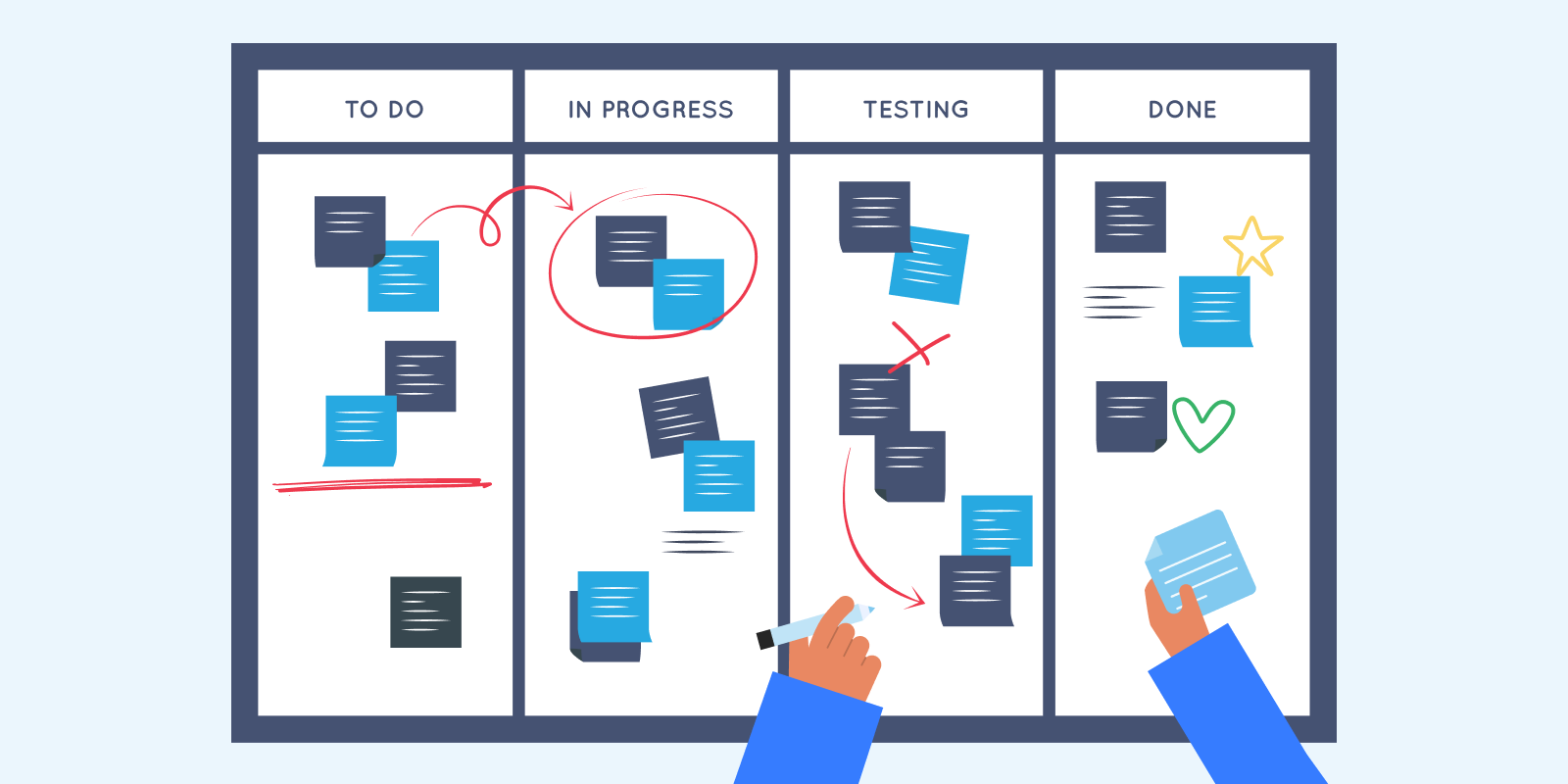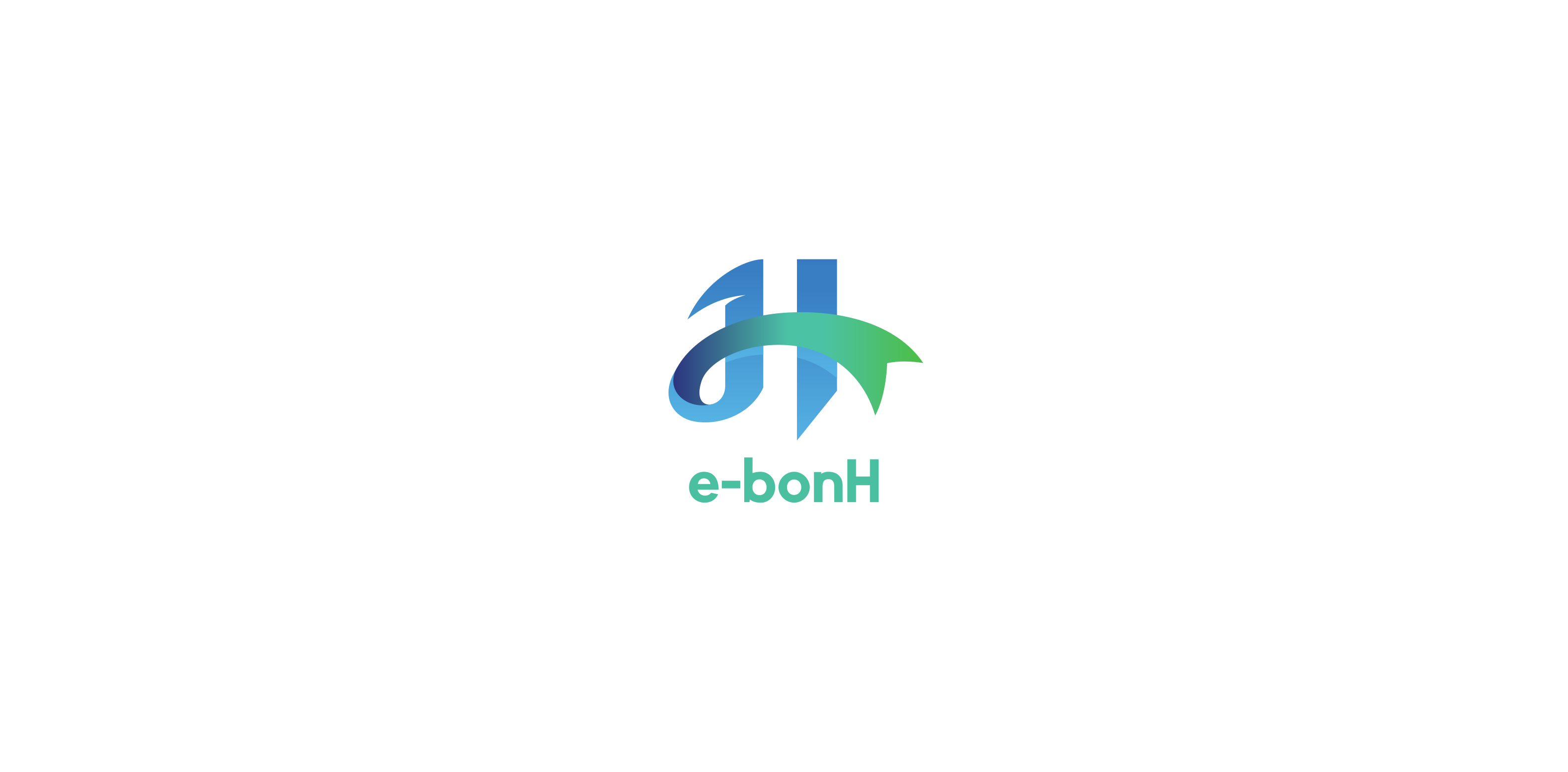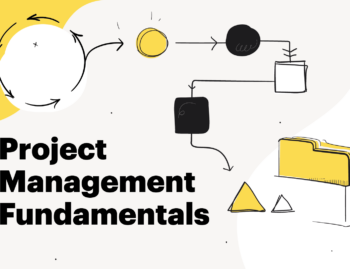
Project control is a vital function within project management, focusing on monitoring the progress and performance of a project. It helps ensure that the project remains on track in terms of schedule, budget, and scope. Project control is not a reactive process; rather, it is proactive, involving continuous monitoring and the ability to make necessary adjustments as the project progresses.
2.1 Performance Monitoring and Reporting
The first aspect of project control is performance monitoring. This involves comparing the actual performance of the project against the planned objectives. Regularly updated progress reports enable project managers to identify any deviations from the plan early on. Performance indicators such as Key Performance Indicators (KPIs) are critical tools for measuring project health and progress.
2.2 Risk and Variance Analysis
No project is immune to risks or variances. Risk analysis identifies potential threats that could affect project success. Meanwhile, variance analysis compares planned performance with actual outcomes, pinpointing areas that may need corrective action. For example, a delay in one project phase may have a domino effect on future deadlines, so it’s essential to conduct this analysis frequently.
2.3 Communication and Transparency
Effective communication is key to successful project control. Keeping stakeholders informed of project performance, changes, and risks is essential for maintaining transparency. Establishing an open channel of communication ensures that everyone involved is aligned and can make informed decisions when necessary.
2.4 Decision Making and Adjustments
The ultimate goal of project control is to make informed decisions and adjustments. When performance monitoring reveals issues, the project team must be ready to implement changes—whether it’s reallocating resources, adjusting timelines, or modifying scope. Agile and responsive project control ensures that the project stays on track and meets its objectives.
Overall, project control involves constant vigilance. By keeping an eye on performance metrics, anticipating risks, and ensuring transparent communication, you can effectively guide a project to its successful conclusion.


